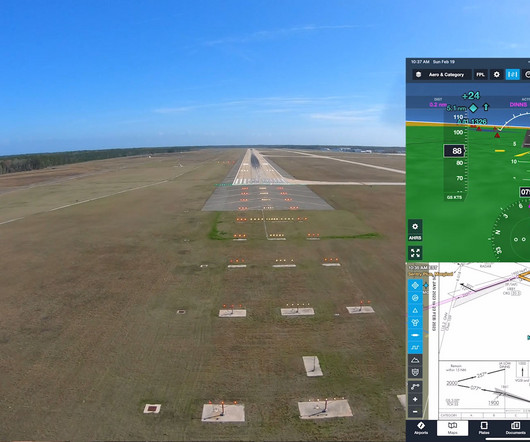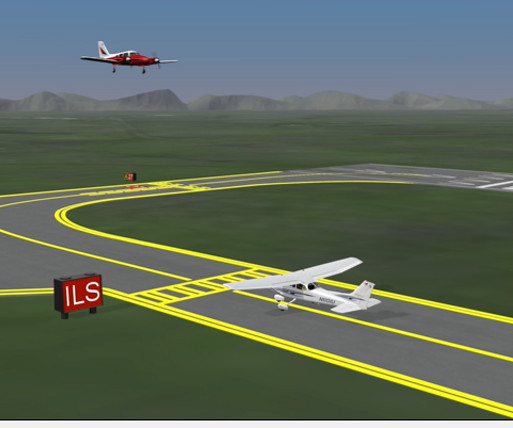Why Do Airports Need ILS Antennas At The End Of Runways?
Simple Flying
JANUARY 15, 2025
An Instrument Landing System (ILS) is a precision runway approach system that aids pilots during their approach and landing phases of flight. The aid is based on two radio beams, which together provide pilots with both vertical and horizontal guidance during an approach to land.











Let's personalize your content